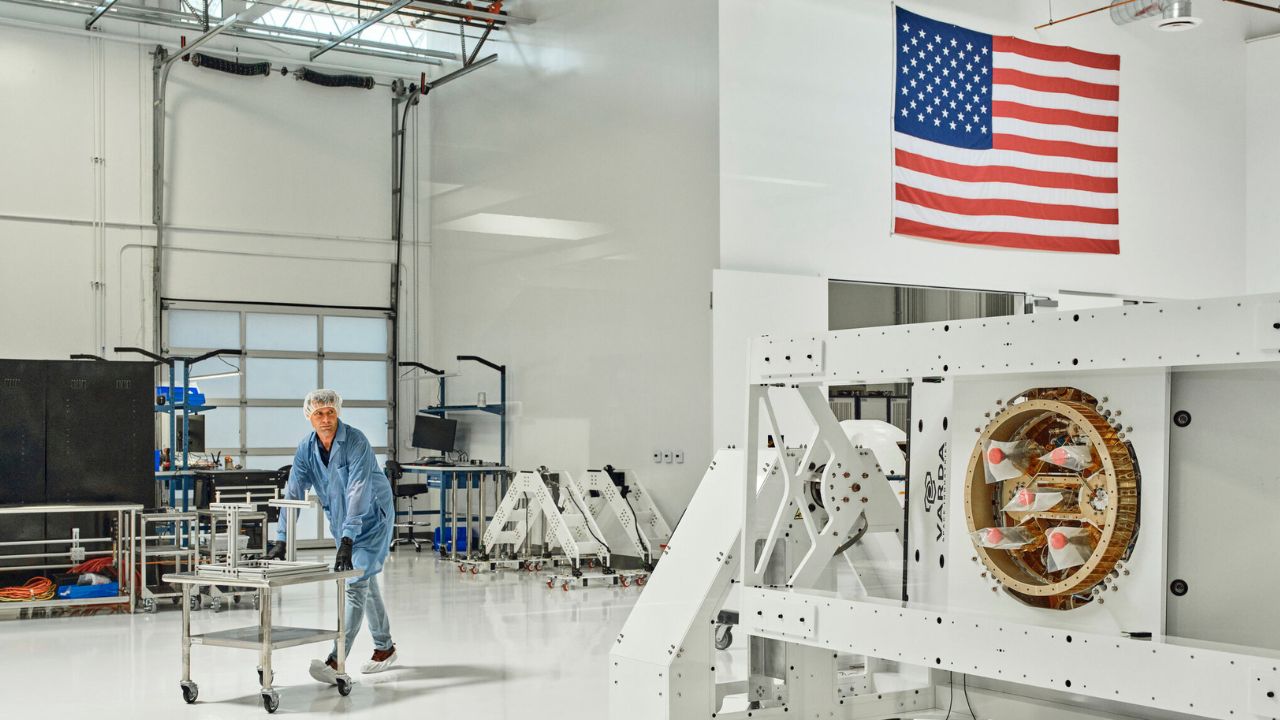United Semiconductors and Varda Space Industries Explore New Frontiers

Varda's El Segundo headquarters, where all the W-Series vehicles are produced.
Media Credit: New York Times
Space-based manufacturing joint development agreement
November 24, 2025
By Patrick O’Neill, Public Affairs and Outreach Lead, ISS National Lab
A few weeks ago, United Semiconductors launched an investigation to the International Space Station (ISS) to study crystal growth for semiconductor components in microgravity. For more than 25 years, the space station has been a beacon of innovation and a proving ground for research that cannot be done on Earth. Today, it’s also a platform for companies like United to validate new technologies and business models in space, opening doors to partnerships and utilizing new platforms in low Earth orbit (LEO).
Varda Space Industries and United Semiconductors recently announced a multi-flight joint development agreement to produce semiconductor materials in orbit for use on Earth. The collaboration will combine Varda’s demonstrated capability to conduct autonomous manufacturing and recovery operations with United Semiconductors’ established expertise in microgravity semiconductor crystal growth.
Varda Space Industries designs and builds autonomous, reentry-capable satellites for material processing in microgravity. The company uses these vehicles for its own pharmaceutical development and offers them to partners for independent research and manufacturing. The company has successfully completed three missions, with a fourth currently operating in orbit and a fifth scheduled to launch in the coming weeks. Each Varda capsule can host a range of payloads for microgravity research and production in addition to the company’s core pharmaceutical processing experiments.
The partnership represents a significant step toward commercially scalable microgravity manufacturing—an area of growing interest to both NASA and the ISS National Lab. The ISS serves as a unique incubator in LEO, acting as a catalyst for innovation and fostering creative collaborations that can extend to future space platforms. By using the orbiting laboratory as a test bed to validate in-orbit capabilities and then transitioning to autonomous space-based facilities for broader applications, companies accelerate the pace of discovery and create a force multiplier that benefits life on Earth and beyond.
For ISS National Lab partners and customers, these developments highlight new opportunities to bridge today’s ISS-based research with tomorrow’s industrial-scale orbital factories.
Learn more about this exciting partnership in a recent social mention from Varda. We look forward to many more such partnerships as a broad and diverse space ecosystem continues to take shape.
